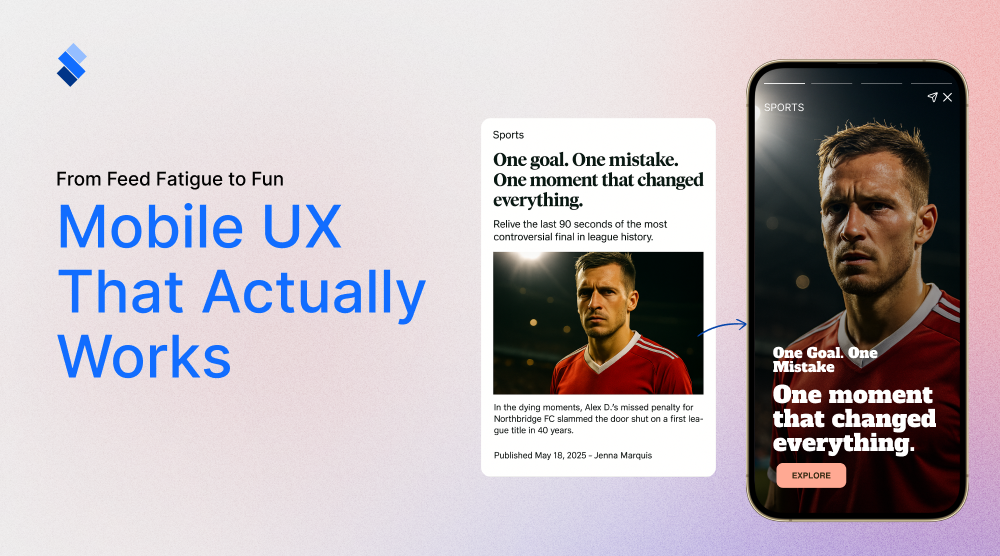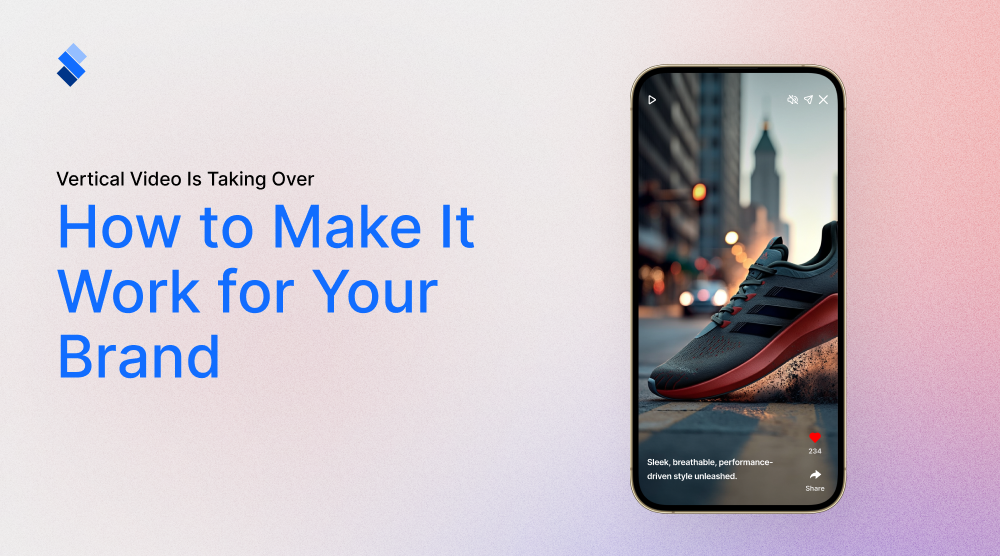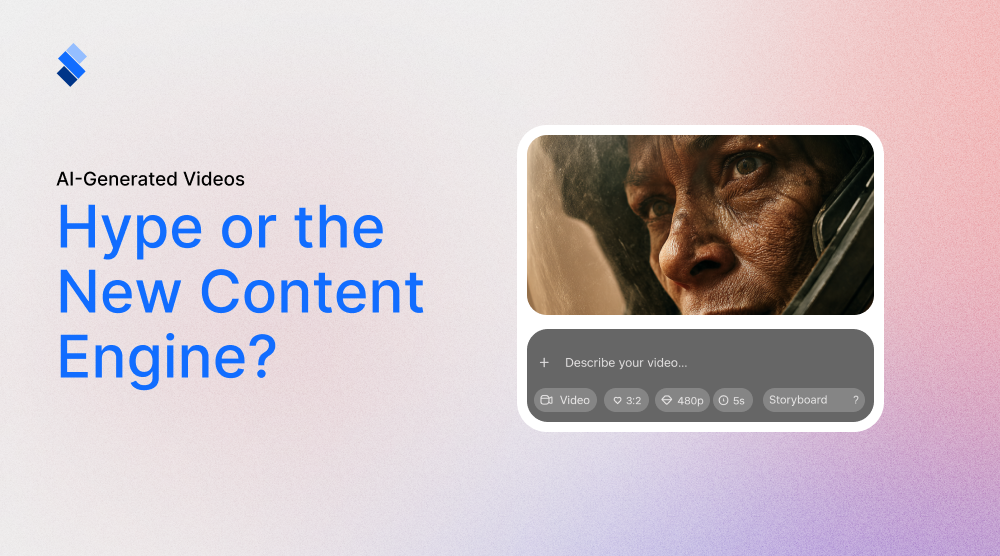Visual storytelling - what to keep in mind
When it comes to brand development and modern marketing as a whole, visual storytelling is a useful method that you ought to incorporate.

Time and time again, we've talked about the benefits of visual marketing. How it can help you step up your marketing and give your content a new flair. But, what we often see is that people have a limited understanding of visual design and how it can be used in marketing. In most cases, they either only rely on one aspect of visual marketing, or they spread themselves too thin by trying to incorporate everything. So, to help you create good story content, we are going to explore the basics of visual storytelling and give you a couple of tips to keep in mind.
The basics
Simply put, visual storytelling is relying on visual elements to tell a story. In most cases, stories are told through either written or audio mediums (think of books or simply telling a story). But, with visual storytelling, you incorporate visual elements to either boost your content or to be the crux of it. When used properly, visual storytelling can be quite powerful. Just like a painting is worth a thousand words, so is a visual story worth a thousand blog posts.
How can you visually tell a story?
While there are numerous ways to visually tell a story (comic books, graphic novels, animations), for the purposes of this article we will focus on storytelling in marketing. Here, storytelling is best used for promotions, as it can be far more engaging for the average customer. Story content as a whole can see quite a boom in recent years as numerous social media platforms started relying on it. Instagram, Facebook, TikTok... All heavily rely on visual elements and are therefore prime locations for visual storytelling.

But, while these platforms house tons of different story content, few actually manage to make full use of the various visual aspects. Namely, to tell a good visual story you need to understand what your visual elements convey and how they relate to one another. Just like good comic books use visual elements to help boost the experience of their story, so to should you orient your marketing content so that it is truly a hybrid of written and visual content.
Can you solely rely on images?
Theoretically, yes. A well-crafted image, or a set of images, can be all you need for marketing. But, in order for this to happen your customers already have to have a good understanding of your brand.
Let's say that your customers understand what your brand is all about. You can then use that understanding to tell stories simply through clever visual design. Unfortunately, this kind of brand recognition usually requires years of brand development. At that point, you have plenty of room to experiment with visual design and use it to your benefit. But, if you are trying to get your brand off the ground, you will likely have to use a combination of visual and written elements.
Invoking emotions
The main selling point of utilizing images is their ability to invoke emotions. Written content can be much more direct and easier to understand. Audio content is, by a similar token, more straightforward and often more informative. But, neither written nor audio content are as effective when it comes to invoking emotions.
For either of them to invoke emotion, they need to first set the scene. You need to first set the context in which you are conveying your message in order for it to have emotion. And, as you can imagine, most viewers won't have the attention span to follow your context building. Well, images do not require context. Imagine, in it of itself, is both the context and the message. This allows it to invoke emotions right off the bat, which is quite beneficial when it comes to marketing.
Creating visual content
Visual content is usually seen as high risk, high reward. Quality content will bring you traffic, brand recognition and customer engagement like no other type of content could. But, creating such content usually requires considerable investment. And whether or not that investment will pay off is hard to say, especially if you don't have a firm understanding of your brand.

Amateur design
In every type of content, it is usually easy to notice the amateur design. With written content, you can usually see overreliance on marketing buzzwords, or an inconsistent tone as tell-tale signs of an amateur. With audio or video, it is even easier as production value is relatively low. But, neither in writing nor in audio content does amateur design look so bad as it does in visual content.
With visual content, you have little room for error. Every piece of content that you put out needs to at least appear to be professional-made. Platforms like StorifyMe do give you the tools to create such content. But, it should be important to know that the layout, the colour palette, the design choices... All these are aspects of visual that you either learn from experience or that you hire a professional to do for you.
Should you hire a professional?
In the beginning, yes. Even with modern tools, there is simply no substitute for professional design and experience. A good professional will not only help you create quality visual content. But will also help you incorporate your brand into it.

When it comes to visual storytelling, this is essential. Brand recognition, as a whole, will rely on clever visual design. And without brand recognition, you will have a hard time tackling visual storytelling, or any marketing storytelling for that matter, in any effective capacity.
Final thoughts about visual storytelling
The beauty of visual storytelling is that it is chocked full of potential. Even now you can see story content based on a clever visual design that will invoke make you laugh, make you think and most of all, help you remember the brand. So, if you are considering visual marketing as a new way to market your brand, we strongly suggest that you give visual storytelling a closer look.







